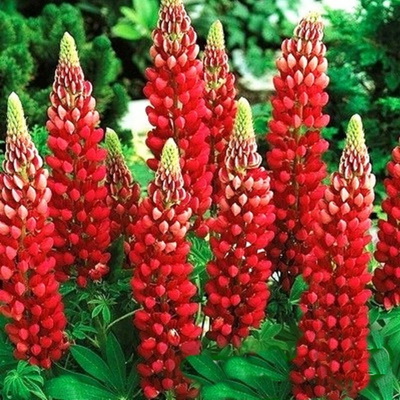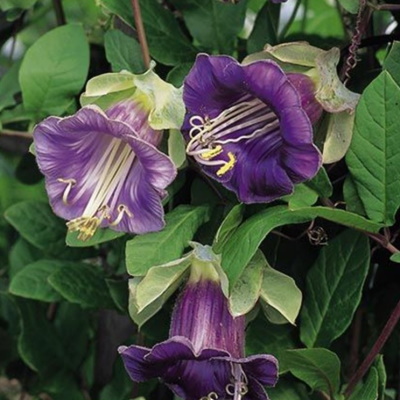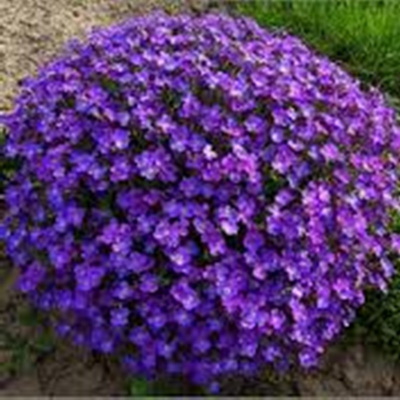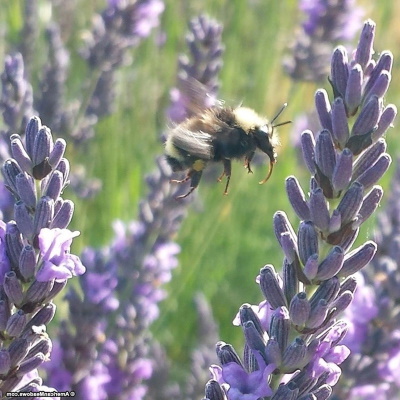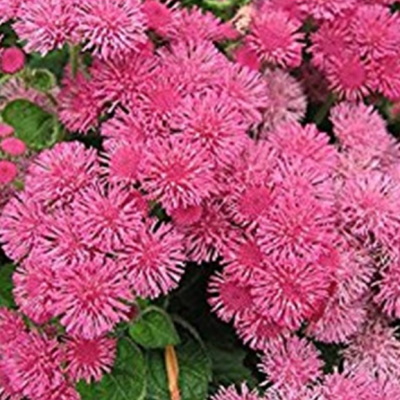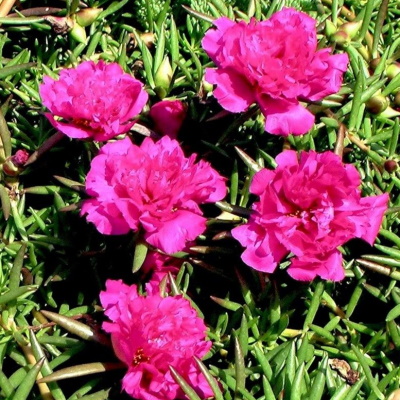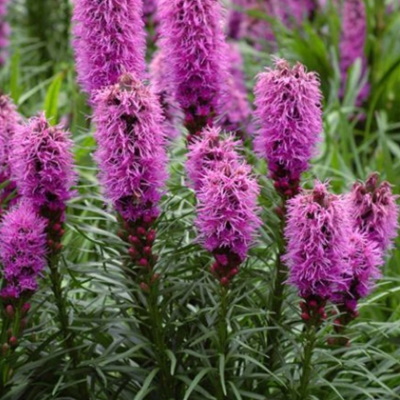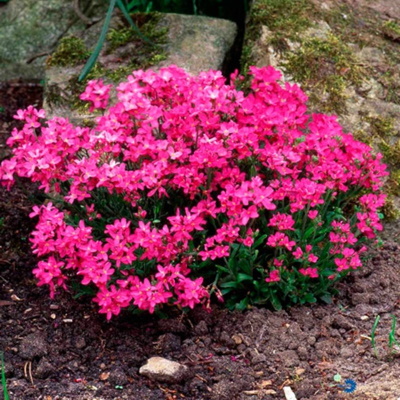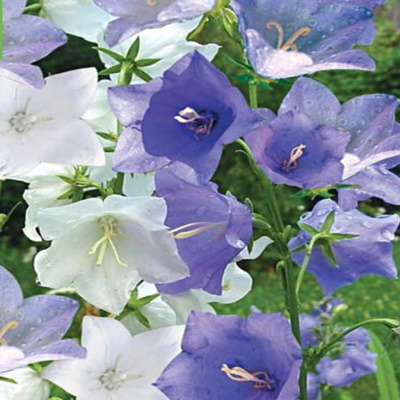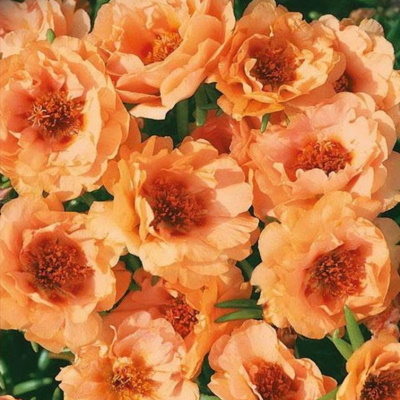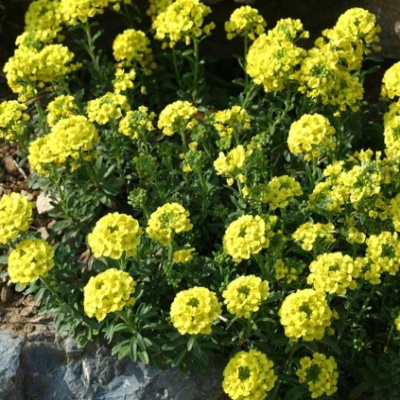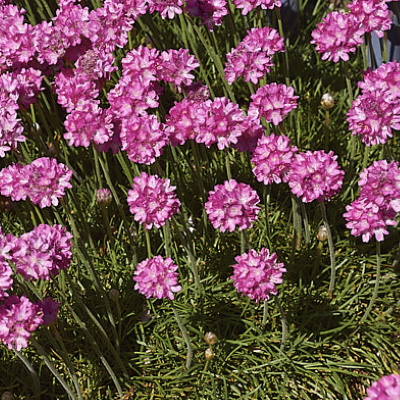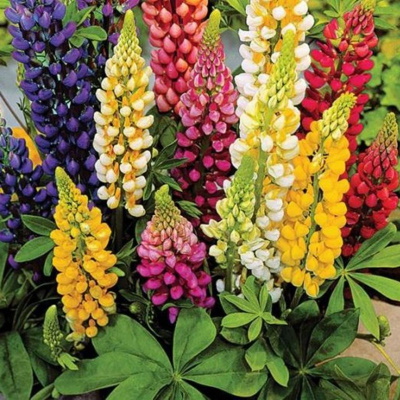-
-
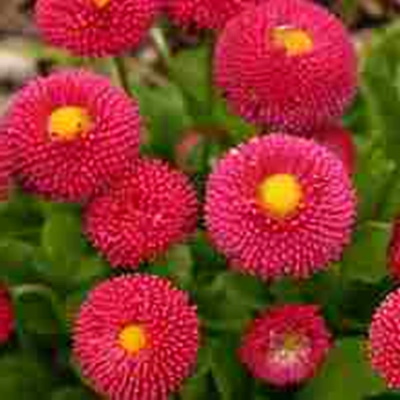
A perennial plant, grown as a biennial, 10-20 cm in height. Inflorescences with a diameter of 2-6 cm, raspberry-red color. Sow seeds for seedlings in May-June, transplanted to a permanent place in the fall. Abundant and friendly flowering of daisies occurs next year from May to August. It grows well in sunny places and in partial shade. Used for decoration of balconies, terraces, flower beds, and lawns.
-
Out of stock
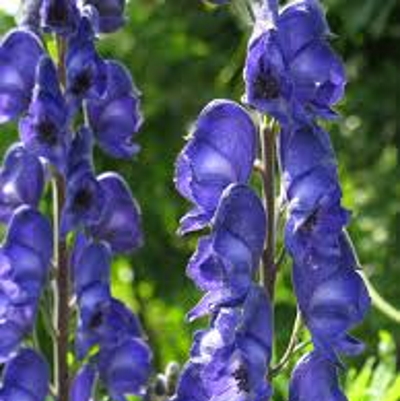 The monkshood plant is an herbaceous wildflower that can be found growing in mountain meadows throughout the northern hemisphere. The plant gets its name from the shape of the posterior sepal of the flowers, which resembles the cowls worn by monks. Also known as wolfsbane and Aconitum, monkshood has become popular as a garden addition because of its purple/blue flowers and attractive foliage. Growing 2 to 4 feet (0.5 to 1 m.) tall and 1 to 2 feet (0.5 m.) wide, perennial monkshood is best grown as a background plant. The leaves of the monkshood plant are palmate, meaning hand-shaped, with lobed “fingers” that often have toothed edges and vary in color from light to dark green. In late summer or early fall, it sends up showy spires of purple/blue flowers. Monkshead is not invasive and is both deer and rabbit resistant. However, monkshood, or wolfsbane, is moderately difficult to grow and once planted, doesn’t like to be moved so the best way to grow monkshood is to choose your spot carefully. It sometimes takes a while for it to become established.
The monkshood plant is an herbaceous wildflower that can be found growing in mountain meadows throughout the northern hemisphere. The plant gets its name from the shape of the posterior sepal of the flowers, which resembles the cowls worn by monks. Also known as wolfsbane and Aconitum, monkshood has become popular as a garden addition because of its purple/blue flowers and attractive foliage. Growing 2 to 4 feet (0.5 to 1 m.) tall and 1 to 2 feet (0.5 m.) wide, perennial monkshood is best grown as a background plant. The leaves of the monkshood plant are palmate, meaning hand-shaped, with lobed “fingers” that often have toothed edges and vary in color from light to dark green. In late summer or early fall, it sends up showy spires of purple/blue flowers. Monkshead is not invasive and is both deer and rabbit resistant. However, monkshood, or wolfsbane, is moderately difficult to grow and once planted, doesn’t like to be moved so the best way to grow monkshood is to choose your spot carefully. It sometimes takes a while for it to become established. -
Out of stock
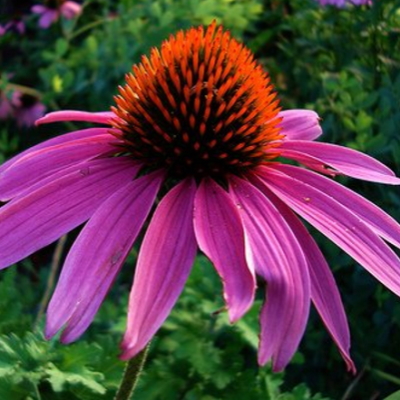 Purple coneflowers are found in many flower gardens. Purple coneflower (Echinacea purpurea) in the garden or flower bed draws bees and butterflies, ensuring that nearby plants have plenty of pollinators. The plant also provides a tall background or repeating rows of large (often 6 inches across) purple, daisy-like flowers. The sturdy stalks, which may reach 5 feet in height, rarely bend or require staking for an upright appearance. Coneflower plants may actually display pink flowers, when the cultivar Echinacea purpurea ‘Pink Double Delight’ is planted.
Purple coneflowers are found in many flower gardens. Purple coneflower (Echinacea purpurea) in the garden or flower bed draws bees and butterflies, ensuring that nearby plants have plenty of pollinators. The plant also provides a tall background or repeating rows of large (often 6 inches across) purple, daisy-like flowers. The sturdy stalks, which may reach 5 feet in height, rarely bend or require staking for an upright appearance. Coneflower plants may actually display pink flowers, when the cultivar Echinacea purpurea ‘Pink Double Delight’ is planted. -
-
-
Out of stock
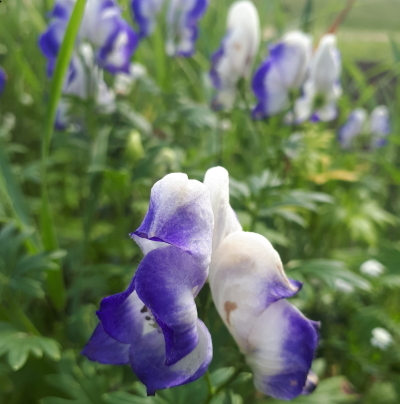 25 seeds per order. Purple Monkshood seeds 2020 harvest.
25 seeds per order. Purple Monkshood seeds 2020 harvest. -
-
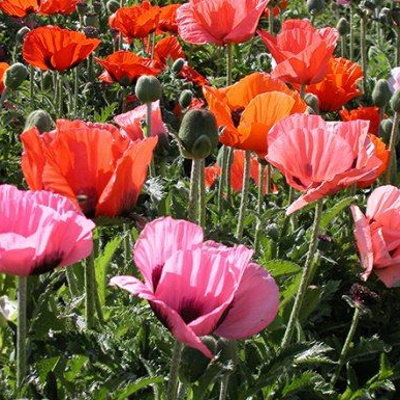 Perennial: Large 20 cm blooms in red, pink, mauve, salmon, white, and red with black centers. Expect up to twenty flowers per plant, followed by attractive seed pods from which seeds can easily be harvested. Pizzicato oriental poppy seeds are best direct sown in fall or mid-winter, and grow to a height of 50 cm. The flowers appear on stiff stems that stand up well in windy areas. This Oriental poppy mix blooms in June and July, after spring bulbs have faded, but before the arrival of summer flowers. After flowering, seed heads dry and the foliage fades away entirely, returning with autumn rains. This poppy is a good choice for xeriscaping, and it's deer resistant. Greenhouse: The seed requires darkness and a minimum 24 C soil temp. for proper germination. Since seedlings are hard to transplant, sow in peat pots and place them in a flat. Cover seed flat with black plastic or heavy paper. Seed germinates in about 10 days at 60 - 80%. Grow seedlings at 29 C days and l6°C - nights. Do not use cold water on seedlings. Cut all poppies in the bud, dip stems in boiling water for a few seconds to promote full bloom. Direct Sowing: Sow seed in July in warm soil. Do not try to transplant seedlings. Plants are quite hardy and bloom in early June next spring.
Perennial: Large 20 cm blooms in red, pink, mauve, salmon, white, and red with black centers. Expect up to twenty flowers per plant, followed by attractive seed pods from which seeds can easily be harvested. Pizzicato oriental poppy seeds are best direct sown in fall or mid-winter, and grow to a height of 50 cm. The flowers appear on stiff stems that stand up well in windy areas. This Oriental poppy mix blooms in June and July, after spring bulbs have faded, but before the arrival of summer flowers. After flowering, seed heads dry and the foliage fades away entirely, returning with autumn rains. This poppy is a good choice for xeriscaping, and it's deer resistant. Greenhouse: The seed requires darkness and a minimum 24 C soil temp. for proper germination. Since seedlings are hard to transplant, sow in peat pots and place them in a flat. Cover seed flat with black plastic or heavy paper. Seed germinates in about 10 days at 60 - 80%. Grow seedlings at 29 C days and l6°C - nights. Do not use cold water on seedlings. Cut all poppies in the bud, dip stems in boiling water for a few seconds to promote full bloom. Direct Sowing: Sow seed in July in warm soil. Do not try to transplant seedlings. Plants are quite hardy and bloom in early June next spring. -
-
-
-
Out of stock
 Enjoy a baby's breath that is actually pink! Plant in your sunny perennial garden and watch as large panicles of true light pink flowers splash your garden from early through midsummer. This upright, well-branched, bush type grows up to 3' tall. Use as a filler plant to cover dying bulb foliage or for perennials that go dormant in the summer months. The pretty pink flowers also are perfect in floral arrangements! Makes an excellent dried flower.
Enjoy a baby's breath that is actually pink! Plant in your sunny perennial garden and watch as large panicles of true light pink flowers splash your garden from early through midsummer. This upright, well-branched, bush type grows up to 3' tall. Use as a filler plant to cover dying bulb foliage or for perennials that go dormant in the summer months. The pretty pink flowers also are perfect in floral arrangements! Makes an excellent dried flower. -
-
-
Out of stock
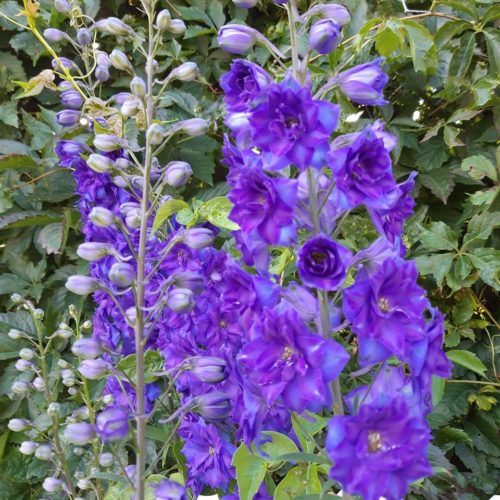 Matures 130-150 days: Also known as Pacific Coast hybrids, Delphinium elatum "Pacific Giant" is a group of regal delphiniums with tall, spiky blooms available in the colors shown. At maturity, the plants reach impressive heights of 1.5-2.5 meters "Pacific Giant" delphiniums are suitable for growing in plant hardiness zones 2 through 9. Long flower-filled spikes bloom in a beautiful blue. The flowers populating the spikes are symmetrically shaped, with huge 8 cm blooms. This delphinium also has mildew resistance.
Matures 130-150 days: Also known as Pacific Coast hybrids, Delphinium elatum "Pacific Giant" is a group of regal delphiniums with tall, spiky blooms available in the colors shown. At maturity, the plants reach impressive heights of 1.5-2.5 meters "Pacific Giant" delphiniums are suitable for growing in plant hardiness zones 2 through 9. Long flower-filled spikes bloom in a beautiful blue. The flowers populating the spikes are symmetrically shaped, with huge 8 cm blooms. This delphinium also has mildew resistance. -
-
Out of stock
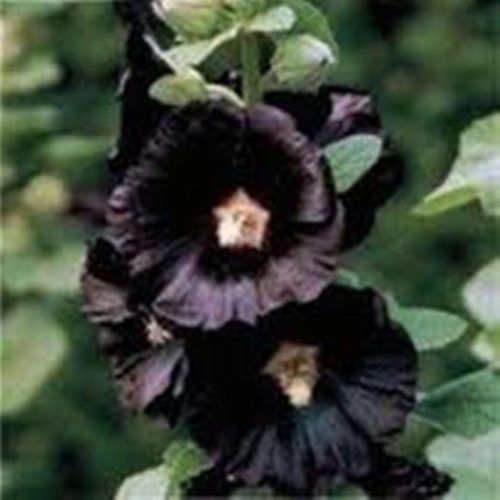 Biennial. This traditional variety is shockingly beautiful and richly coloured with its near-black flowers with just a hint of red. Gorgeous planted in the back of your flower bed or next to white buildings white flowers. A must for historical gardens.
Biennial. This traditional variety is shockingly beautiful and richly coloured with its near-black flowers with just a hint of red. Gorgeous planted in the back of your flower bed or next to white buildings white flowers. A must for historical gardens. -
-
-
Out of stock
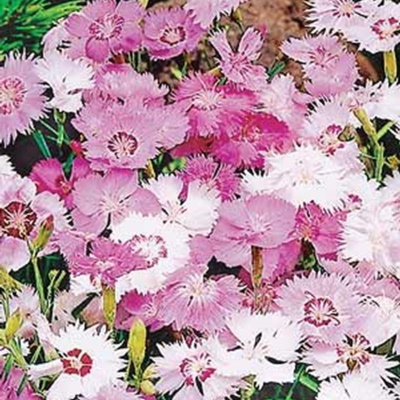 Perennial flowering plant grows in compact bushes up to 20-35 cm (8-14 in). Bi-colored flowers, white-pink-red, diameter 2-3 cm (0.8-1.2 in.) with a pleasant aroma. Blooms in June and July in the second year. Recommended for group plantings, flower beds, balconies, and cuttings.
Perennial flowering plant grows in compact bushes up to 20-35 cm (8-14 in). Bi-colored flowers, white-pink-red, diameter 2-3 cm (0.8-1.2 in.) with a pleasant aroma. Blooms in June and July in the second year. Recommended for group plantings, flower beds, balconies, and cuttings. -
-
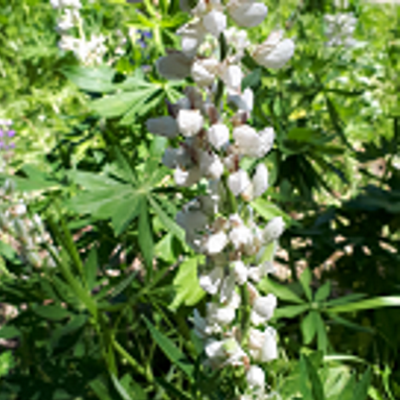
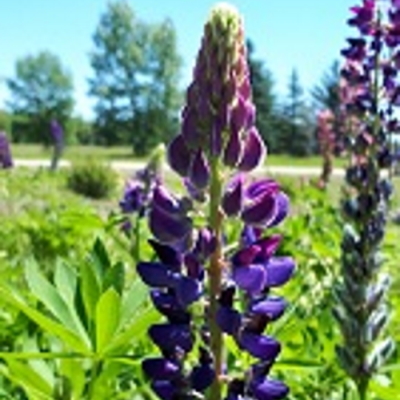 Stunning, brightly-colored spikes create a strong feature in the early summer garden. Its pea-like flowers grow in dense spires. Scatter through cottage or wildflower gardens or mass plant in the border. Purple, deep blue, red, pink, yellow, cream, and white. Lupins prefer a full sun position but will also grow well in semi-shade, they do not grow well in full shade. They grow well in a wide variety of soil conditions although chalky and/or waterlogged soil will be a problem if not improved before planting. If the ground is clay, lots of compost dug into the planting area will greatly increase their chances of surviving winters. Once your Lupins start to flower create new plants if you want more of a certain colour, gently separate the little offset at the base of a mature plant and replant it.
Stunning, brightly-colored spikes create a strong feature in the early summer garden. Its pea-like flowers grow in dense spires. Scatter through cottage or wildflower gardens or mass plant in the border. Purple, deep blue, red, pink, yellow, cream, and white. Lupins prefer a full sun position but will also grow well in semi-shade, they do not grow well in full shade. They grow well in a wide variety of soil conditions although chalky and/or waterlogged soil will be a problem if not improved before planting. If the ground is clay, lots of compost dug into the planting area will greatly increase their chances of surviving winters. Once your Lupins start to flower create new plants if you want more of a certain colour, gently separate the little offset at the base of a mature plant and replant it. -
